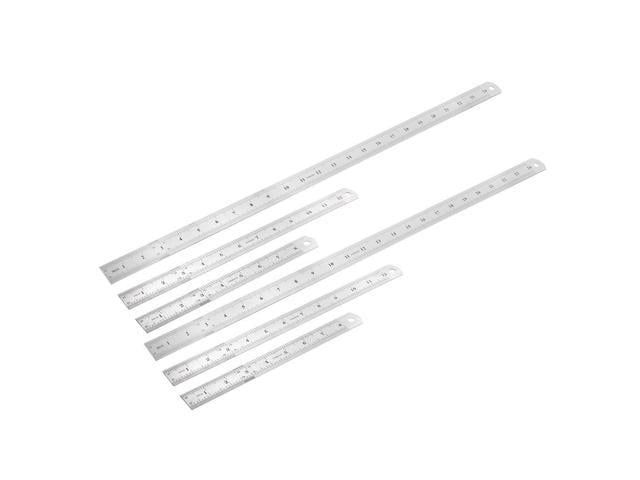Excerpt from Descriptive Key to the Painting of the Repulse of Longstreet’s Assault at the Battle of Gettysburg, July 3, 1863
Attle of Gettysburg must always be regarded as the hough not the closing, battle of the war. Struggle was involved not only the honor of the Army tomac, but the safety from invasion of the Northern 1t only the success of lee’s sortie, but that of the y itself; the life of the nation and the fate of liberty the world hung in the dreadful balance. Its result ut an end to all hopes and fears of a N oi’thern inva Jrced the Confederate leaders and armies to resume Lve policy. Eminently proper, therefore, that this battle should i as the one most worthy to be fully and faithfully ‘and described by the artist’s pencil and the histo The painting which is now before the reader’s eye, it of the former’s labors the work of the author is npleted. He grand assault of longstreet’s command, on the )f the battle, the Confederate army retired bloodily nd forever broken lee’s army never again recover blow which it here received. Nt-general J ames longstreet of the Confederate army spent several in Mr. Walker’s studio, examining this painting, not then com looking at it closely for some time, he turned with a sad smile to nd said here’s Where I came to grief.
About the Publisher
Forgotten Books publishes hundreds of thousands of rare and classic books. Find more at www.forgottenbooks.com
This book is a reproduction of an important historical work. Forgotten Books uses state-of-the-art technology to digitally reconstruct the work, preserving the original format whilst repairing imperfections present in the aged copy. In rare cases, an imperfection in the original, such as a blemish or missing page, may be replicated in our edition. We do, however, repair the vast majority of imperfections successfully; any imperfections that remain are intentionally left to preserve the state of such historical works.















